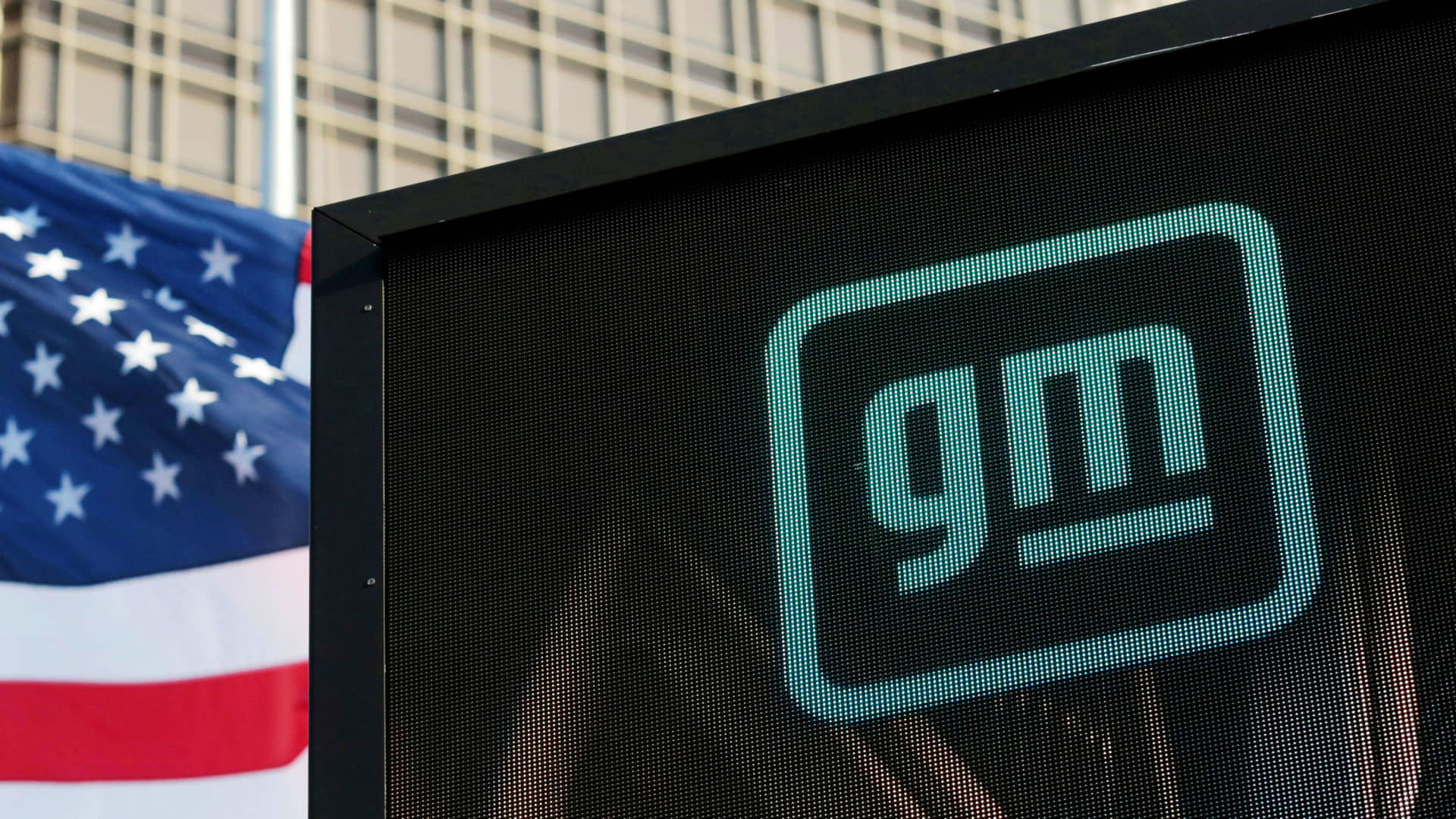DETROIT — General Motors beat Wall Street’s third-quarter expectations on Tuesday, as it battles through ongoing labor strikes by the United Auto Workers union that’s costing the automaker roughly $200 million a week in lost vehicle production.
The labor strikes, which started Sept. 15, have cost the automaker roughly $800 million in pre-tax earnings due to lost vehicle production, including $200 million during the third quarter, according to CFO Paul Jacobson.
Due to the ongoing volatility caused by the strikes, GM is pulling its previously announced earnings guidance for the year that called for $12 billion to $14 billion in adjusted earnings and net income attributable to stockholders of between $9.3 billion and $10.7 billion.
Prior to the UAW strikes, Jacobson said the company was on track to achieve “toward the upper half” of its earnings forecast.
Here’s how the company performed in the third quarter, compared with average estimates compiled by LSEG, formerly known as Refinitiv:
- Adjusted earnings per share: $2.28 versus $1.88, estimated
- Revenue: $44.13 billion versus $43.68 billion, estimated
For the third quarter, GM reported net income attributable to stockholders of $3.06 billion, or $2.20 per share, down 7.3% from a year earlier when the company earned $3.31 billion, or $2.25 per share.
Revenue during the period increased 5.4% from $41.89 billion a year earlier, while adjusted earnings before interest and taxes (EBIT) declined 16.9% from the third quarter of 2022 to $3.56 billion.
GM’s North American adjusted earnings were off 9.5% during the third quarter from a year earlier to $3.53 billion. Its international operations increased earnings by roughly 7% to $357 million, while its equity income from operations in China were down year over year by about 42% to $192 million.
GM said on Tuesday from January to September of this year it lost roughly $1.9 billion on Cruise, the company’s majority-owned autonomous vehicle subsidiary. Those losses include $732 million during the third quarter, as the company geographically expands operations.
EVs
Jacobson said GM also is pulling near-term targets for its electric vehicles amid slower-than-expected demand. The automaker had previously set goals to sell 400,000 EVs in North America from 2022 through mid-2024 and produce 100,000 EVs in North America during the second half of this year.
Jacobson said GM will retain its targets of achieving low-digit profit margins on EVs as well as North American annual production capacity for the vehicles of 1 million by 2025.
“We’re really focusing on making sure that we’re driving toward demand targets,” Jacobson said. “We’re balancing production to demand.”
GM last week said it would delay production of electric trucks at a second plant in Michigan by at least a year until late 2025. The delay is expected to save GM about $1.5 billion in capital next year, Jacobson said.
GM continues to increase production of the EV models that are currently in production as well as battery cell production at a joint-venture plant with LG Energy Solution in Ohio, according to Jacobson.
He said the automaker is seeing improvement in earlier problems in battery cell production that hampered EV output, however officials are still “working through the issues.”
Overall, Jacobson said GM is focused on “streamlining the business” wherever it can to reduce costs and boost profits to achieve 2025 financial targets.
GM CEO Mary Barra, in a letter to shareholders, said through next year the company will launch “a wide range of new SUVs that are more profitable than the outgoing models.”
UAW
GM has been navigating ongoing strikes by the UAW after the union and Detroit automakers failed to reach tentative labor deals by a Sept. 14 deadline for contracts covering 146,000 union workers.
The UAW has been expanding work stoppages at GM, Ford Motor and Stellantis as bargaining continues.
As of Monday, more than 40,000 UAW members at the automakers, or roughly 28% of UAW members covered by the expired contracts, were on strike.
Of the Detroit automakers, GM has the fewest number of workers — roughly 9,200 — currently on strike. Another 2,350 or so GM employees have been laid off at other operations due to the strikes, according to the company.
The UAW, which has escalated strikes to pickup truck plants at Ford and Stellantis, hasn’t expanded strikes at GM since Sept. 29.
Jacobson declined to estimate how much the impact of the strikes would increase if expanded to other plants such as GM’s highly profitable Arlington Assembly, which the union has previously threatened as a potential target.
“We’re trying to prepare the best we can to whatever decisions they might make, but we remain optimistic and hopeful that we’ll make progress and get this resolved going forward,” he said.
During the last round of contract bargaining four years ago, a national 40-day UAW strike against GM cost the company about $3.6 billion in earnings that year.
This is breaking news. Please check back for additional updates.
Read the full article here




